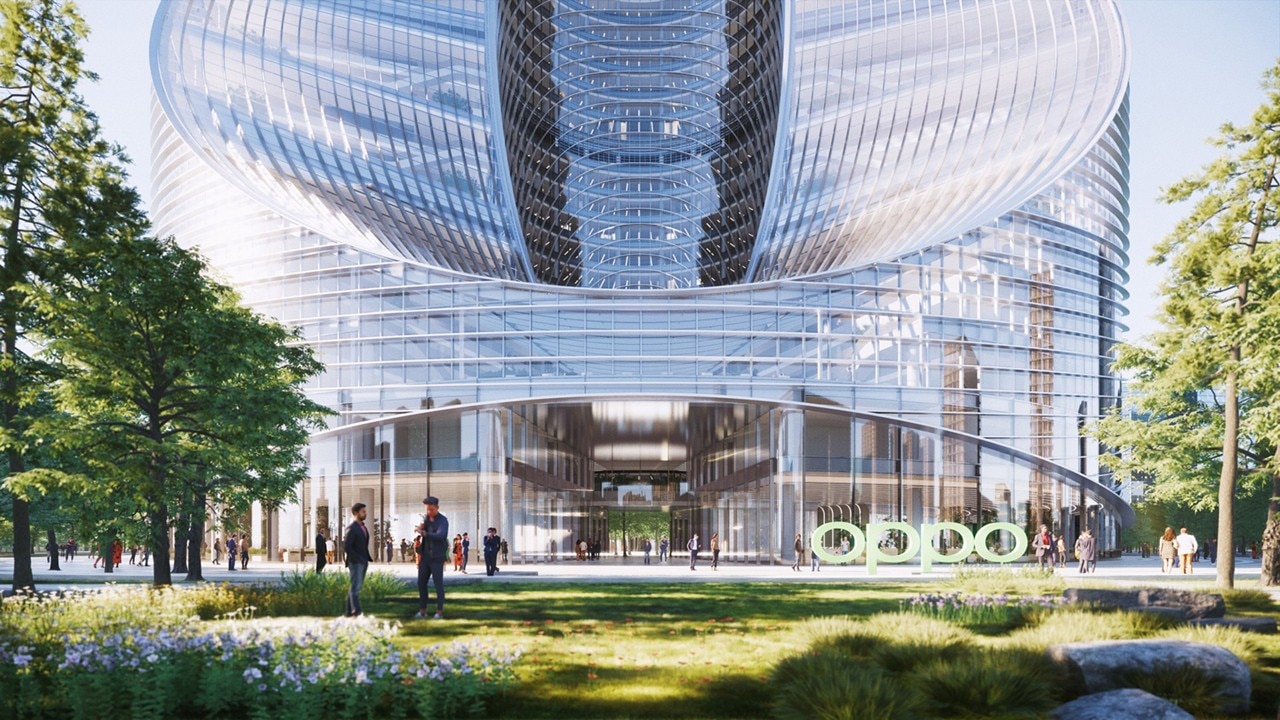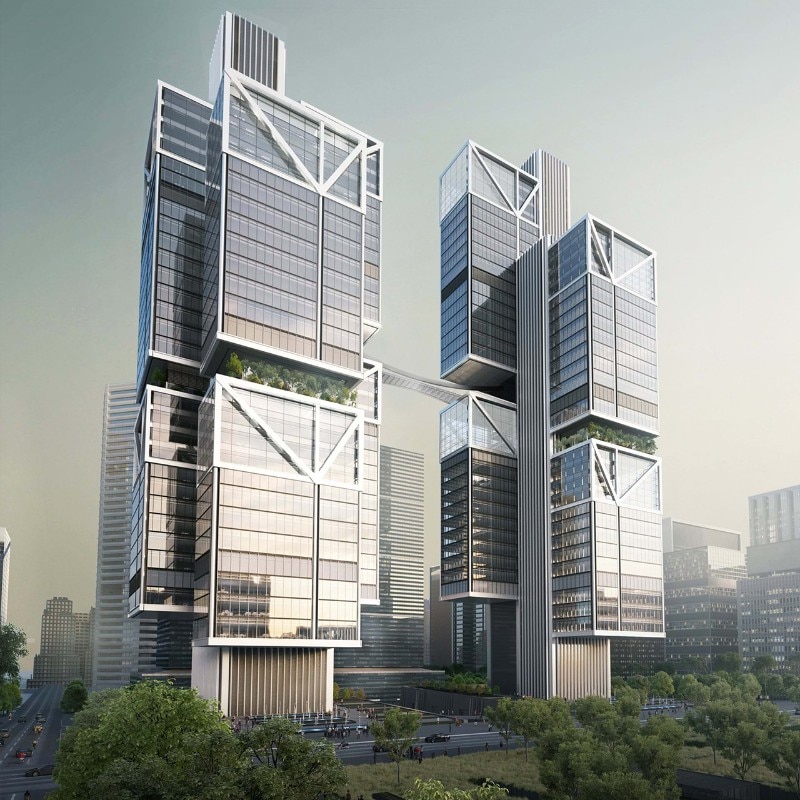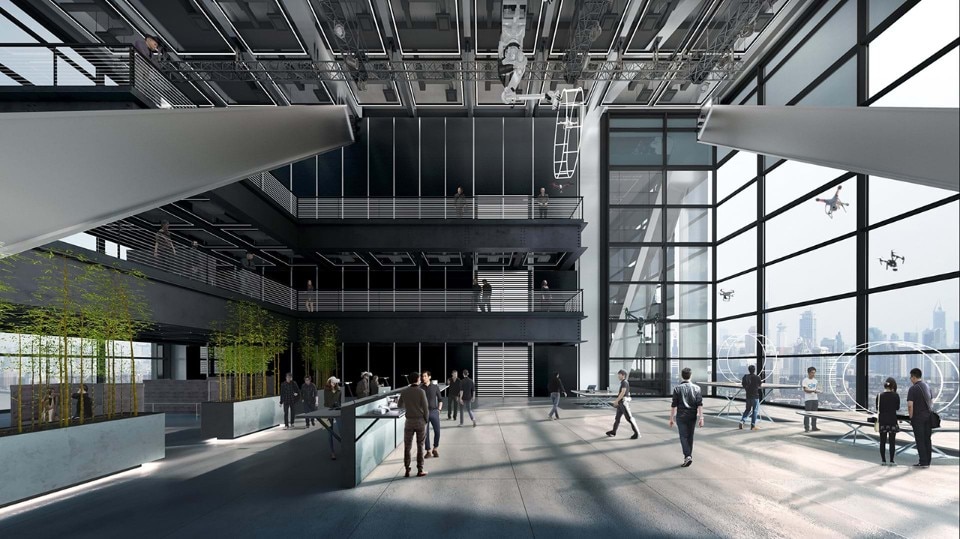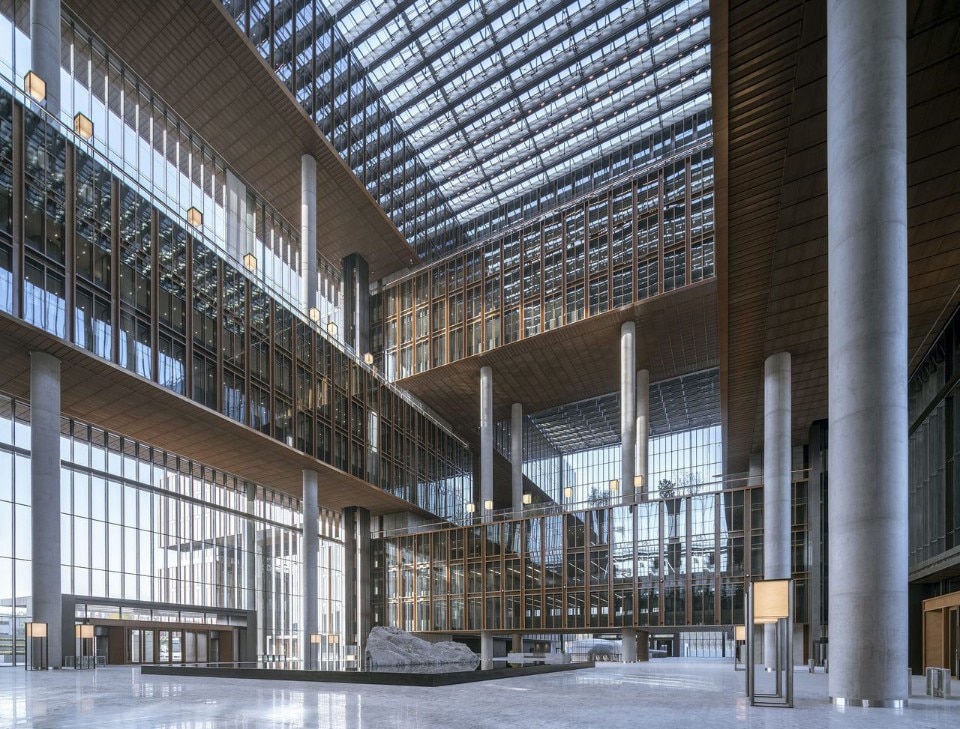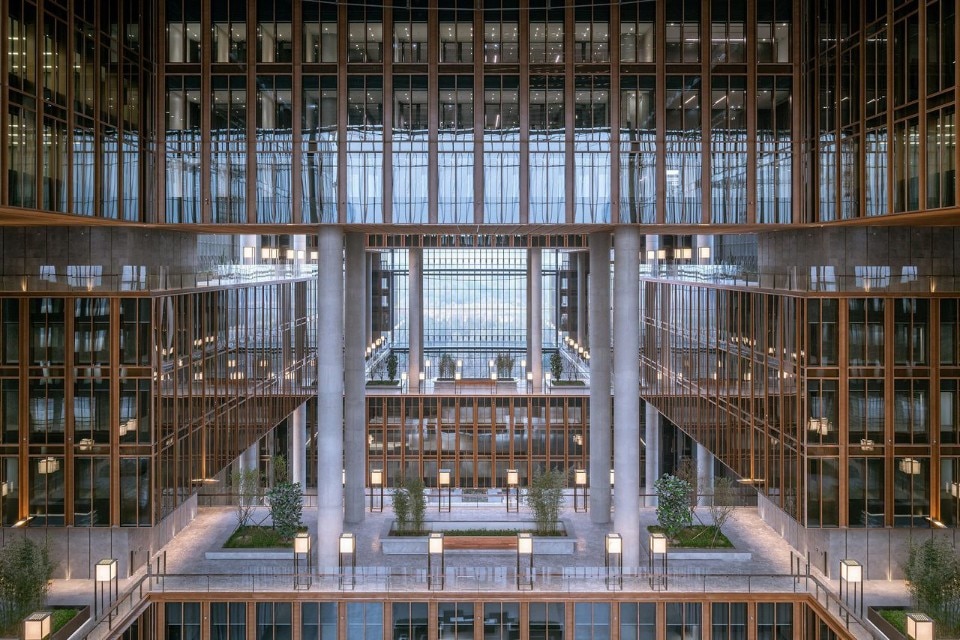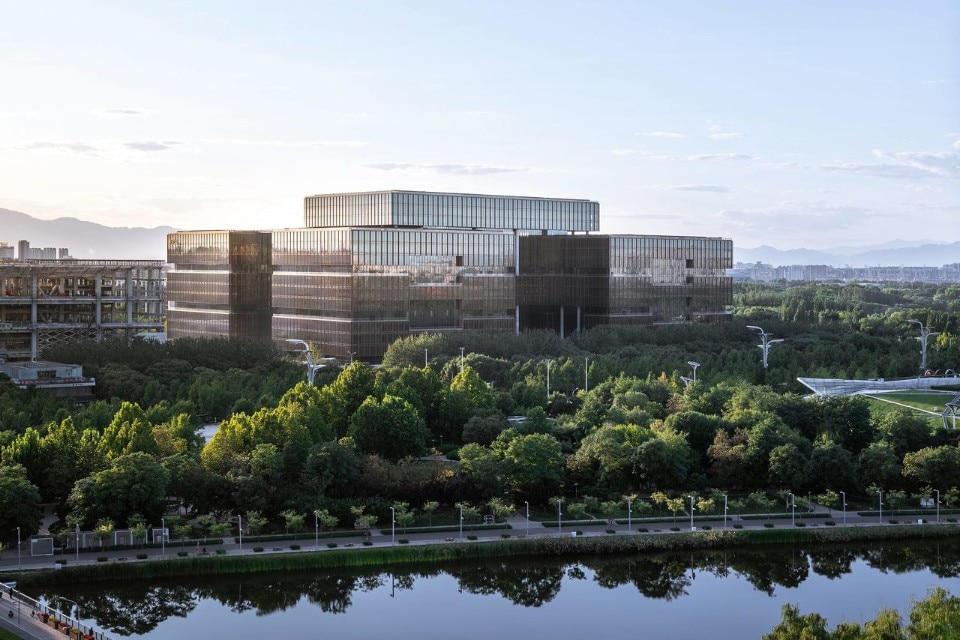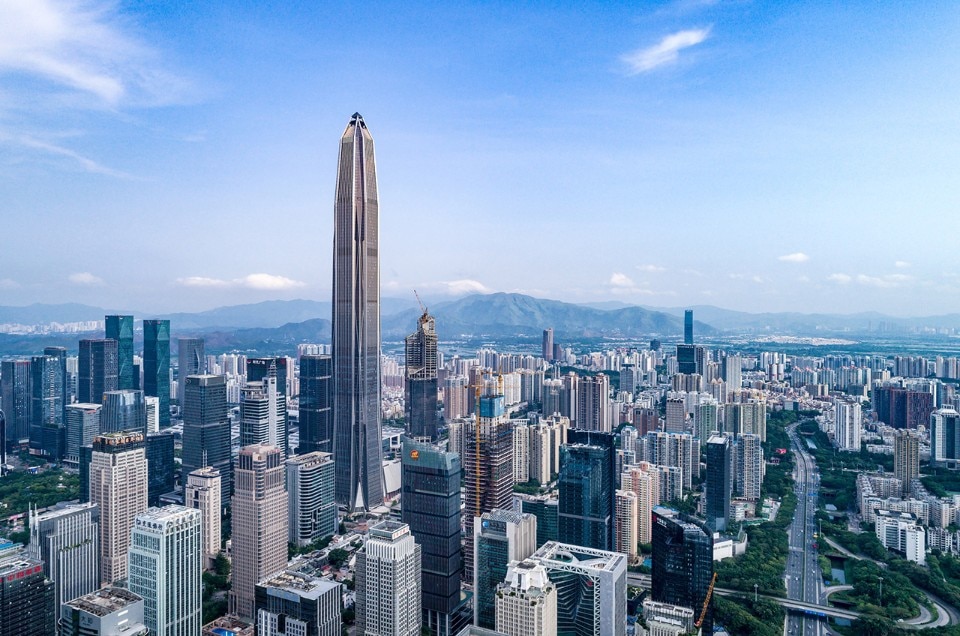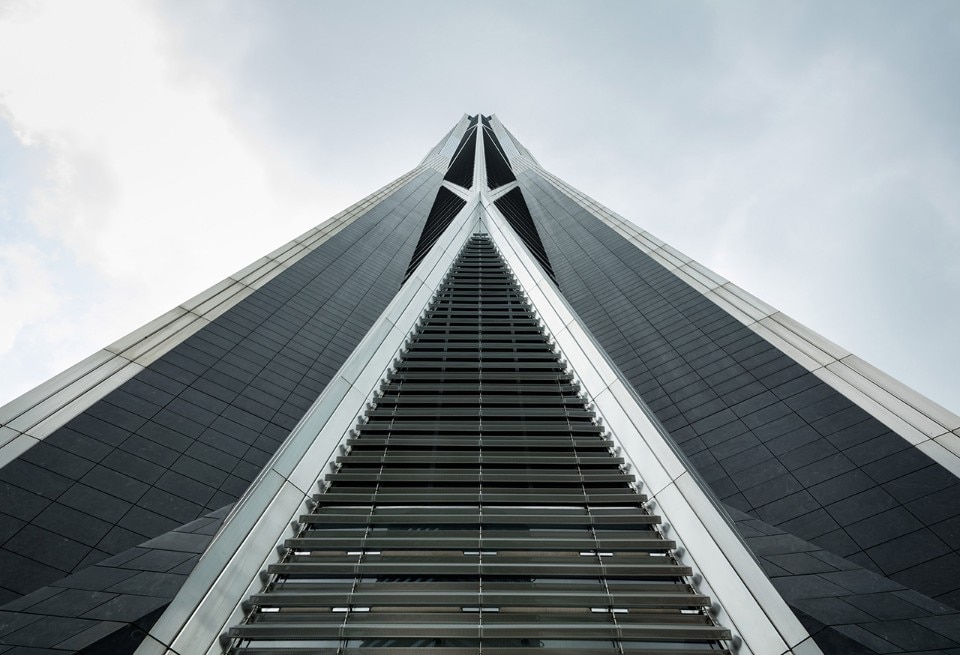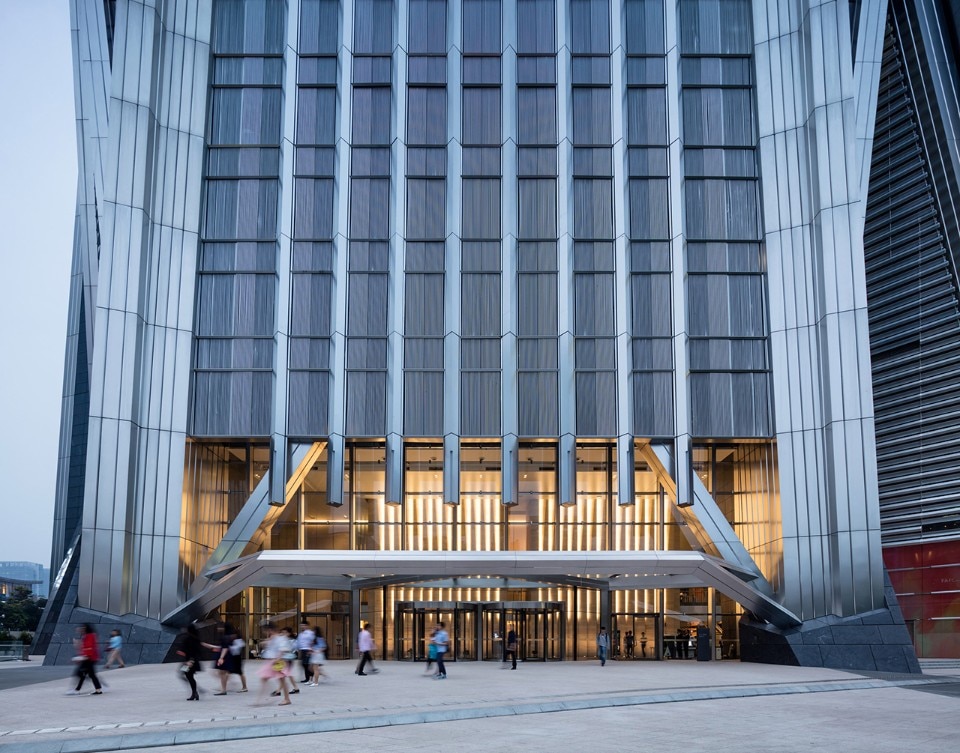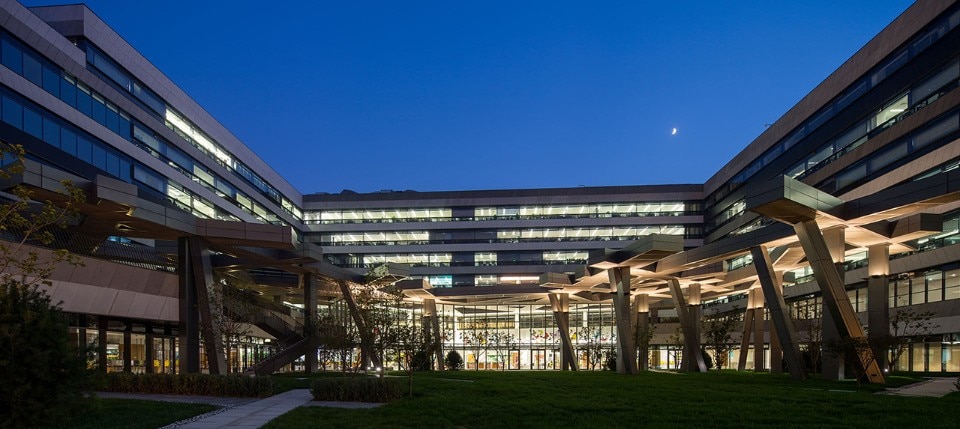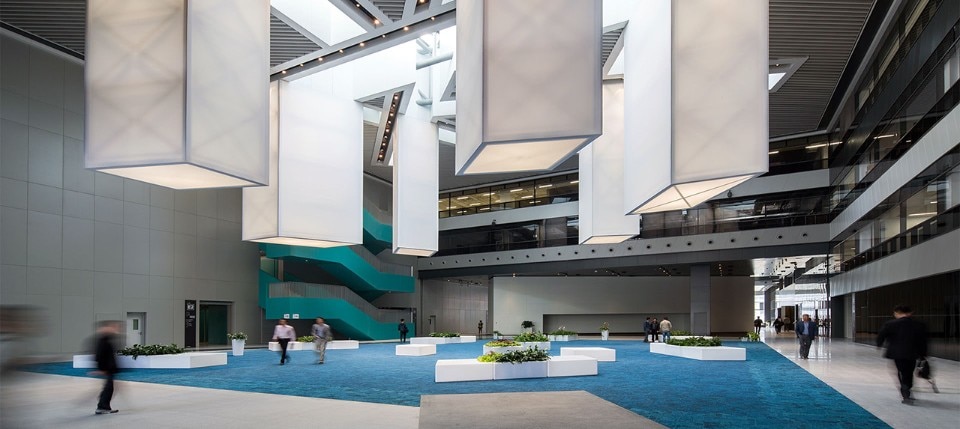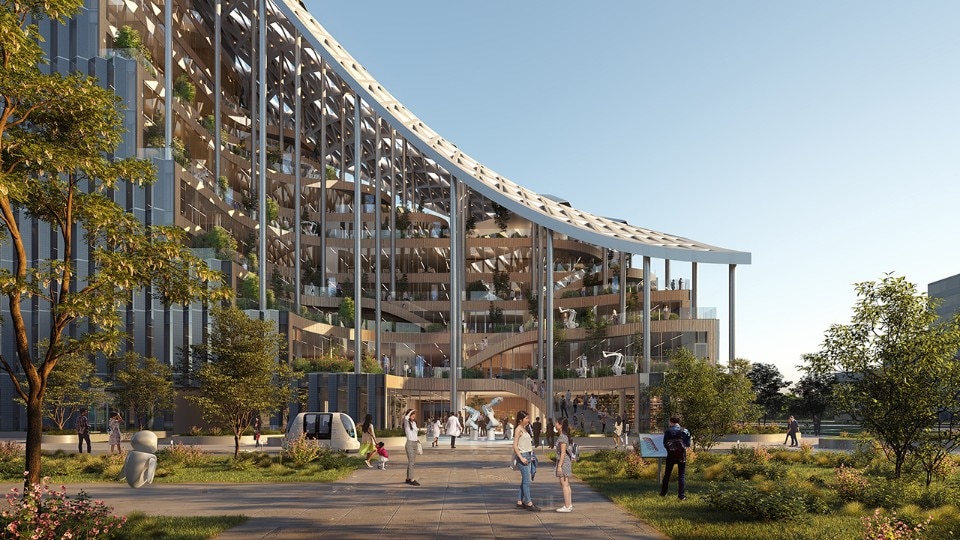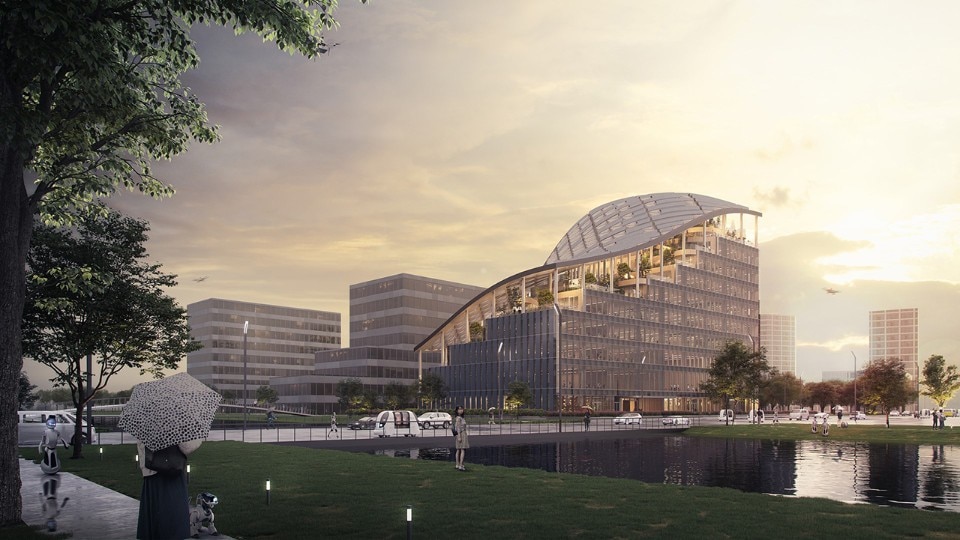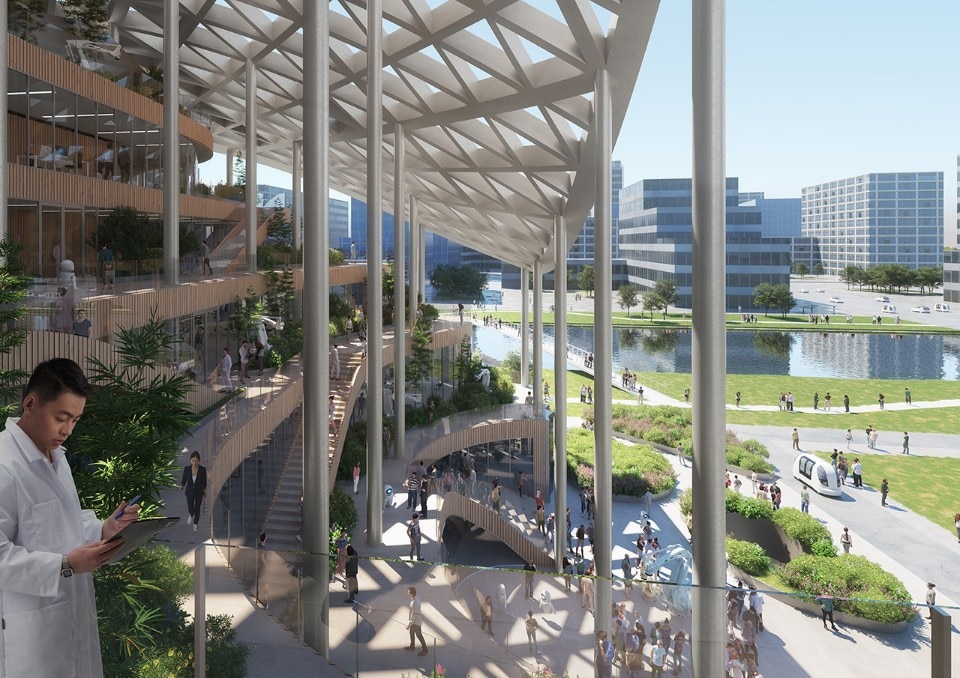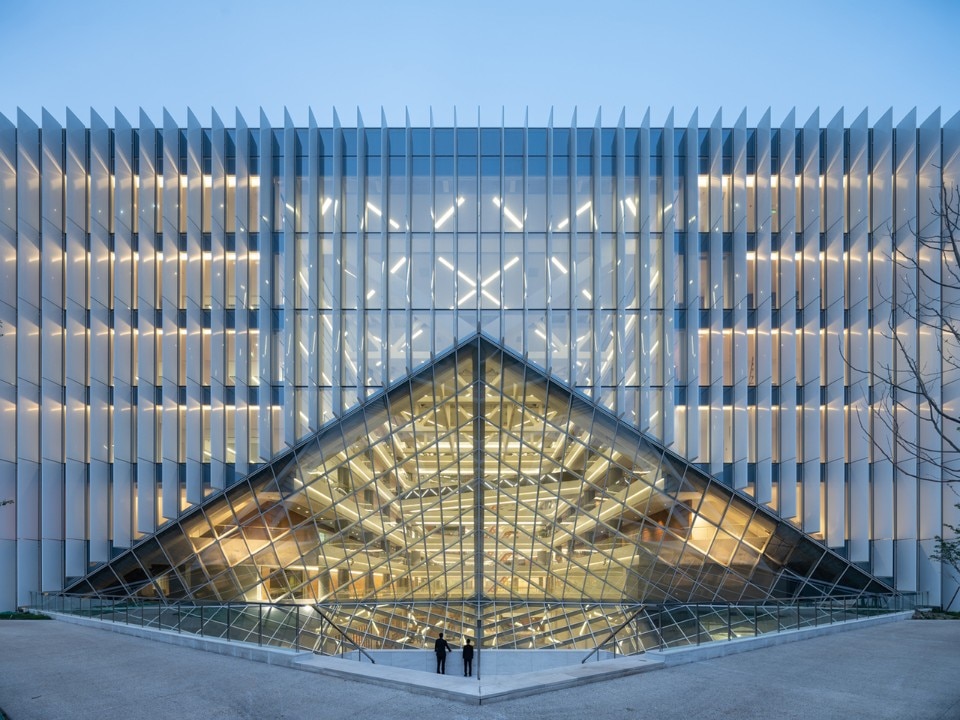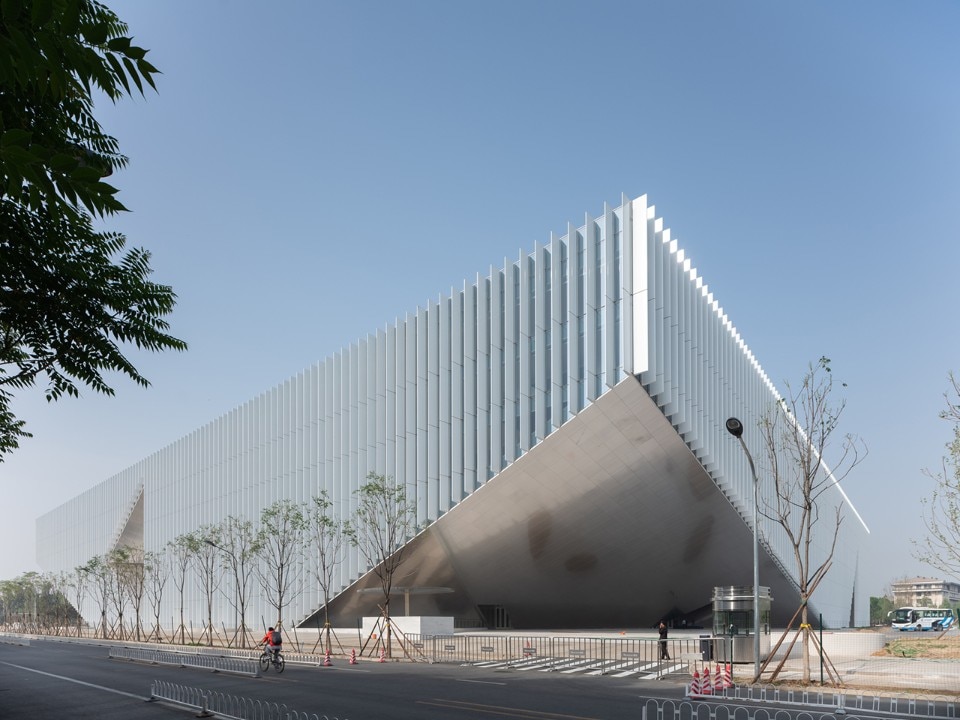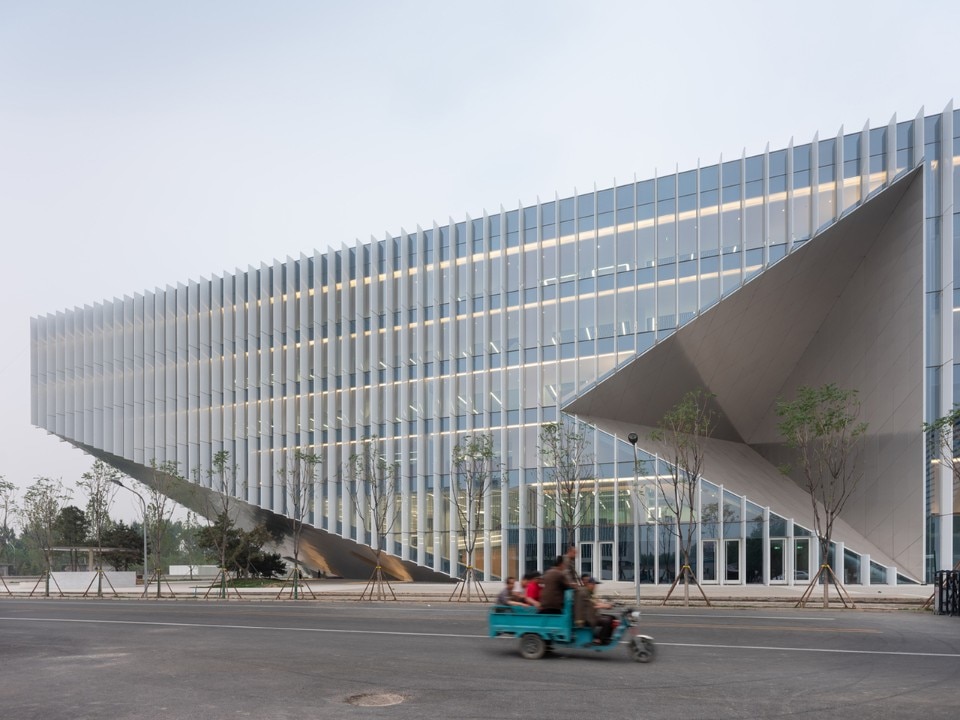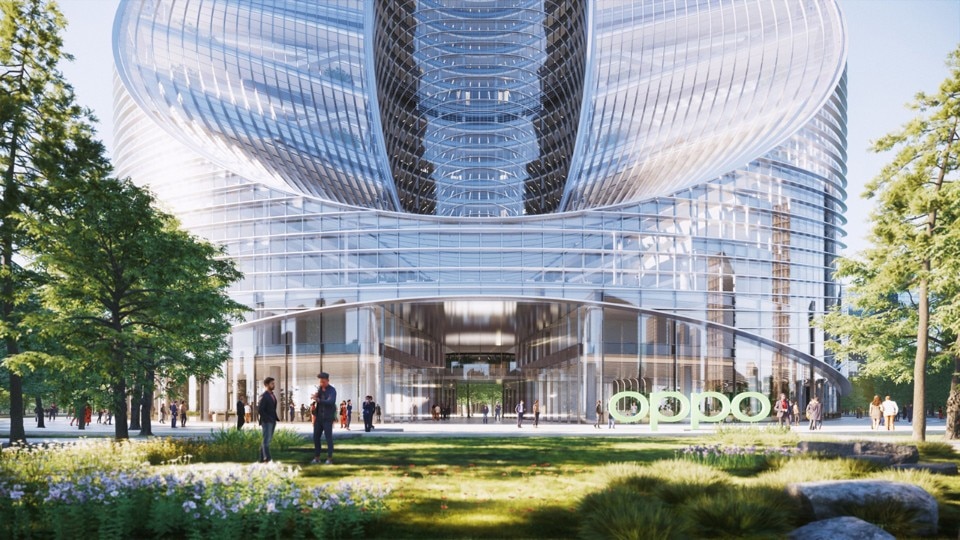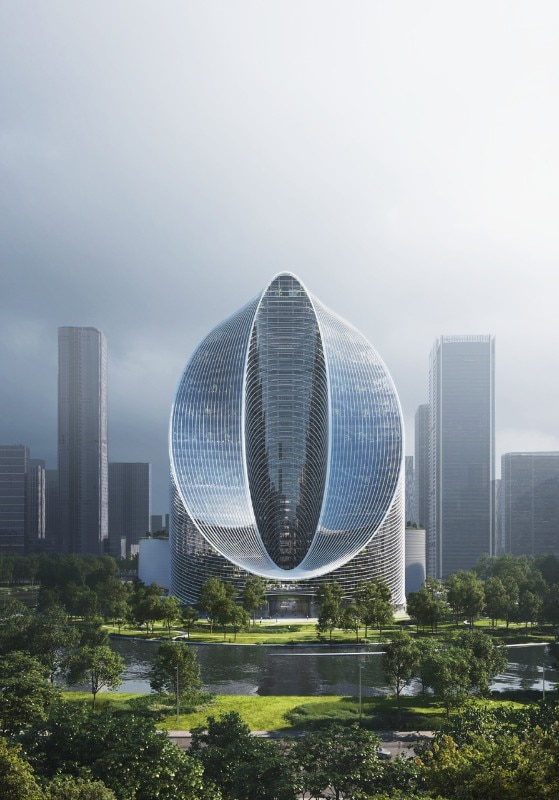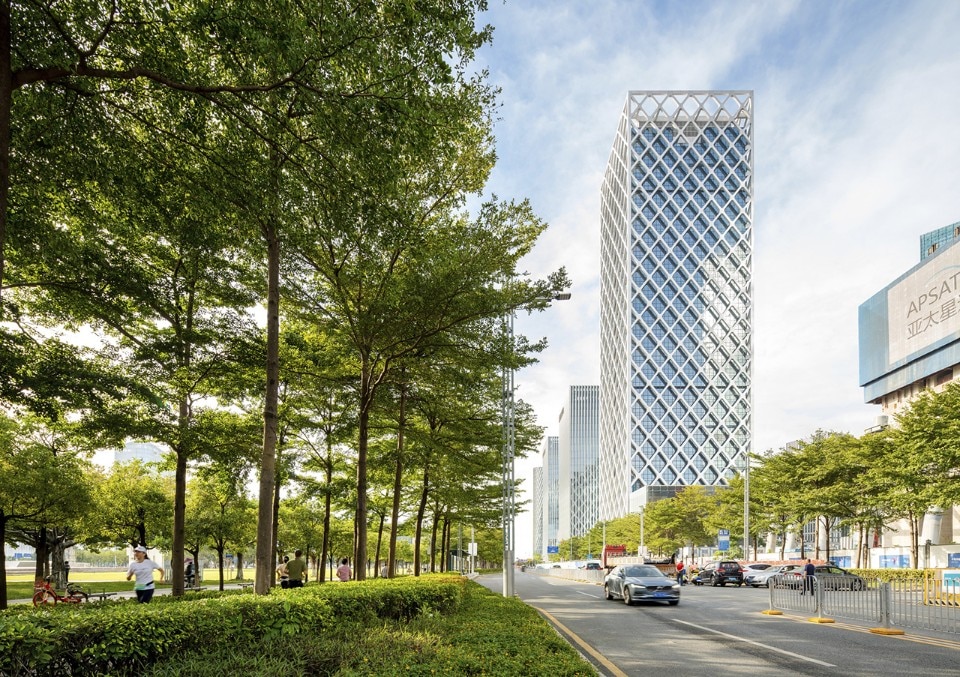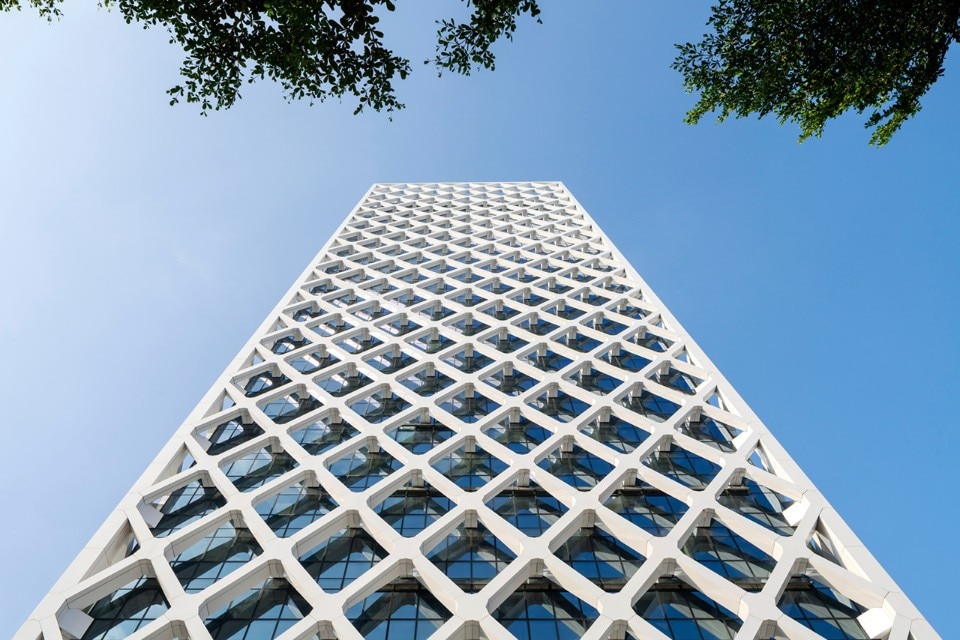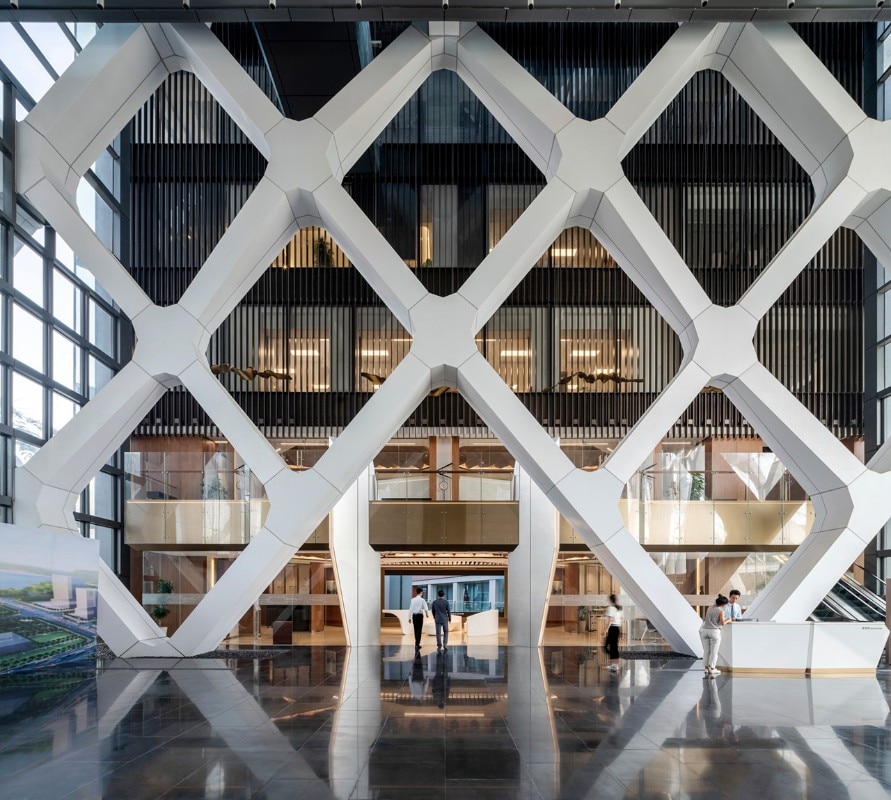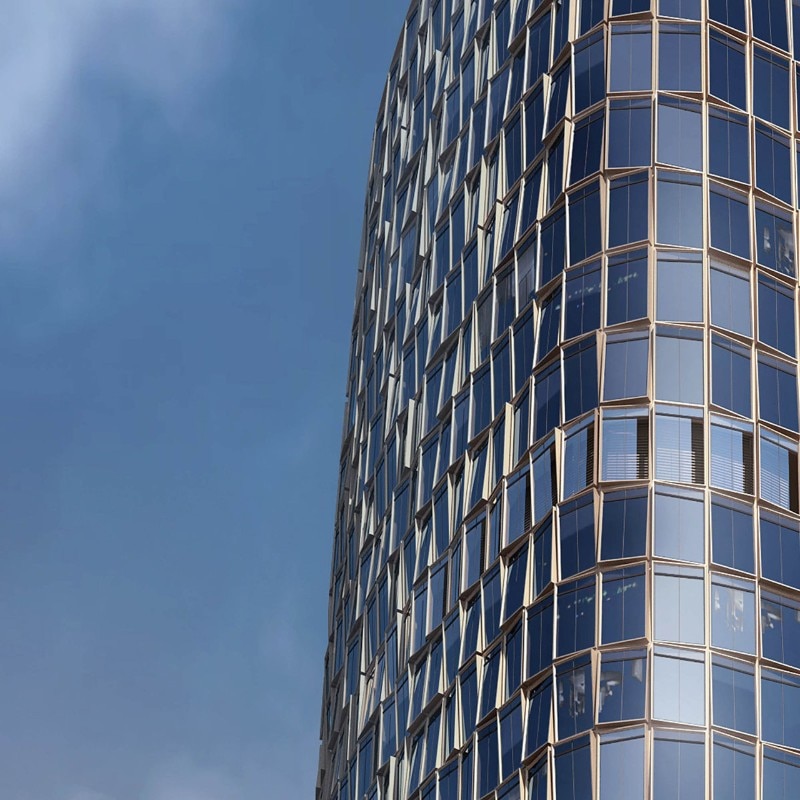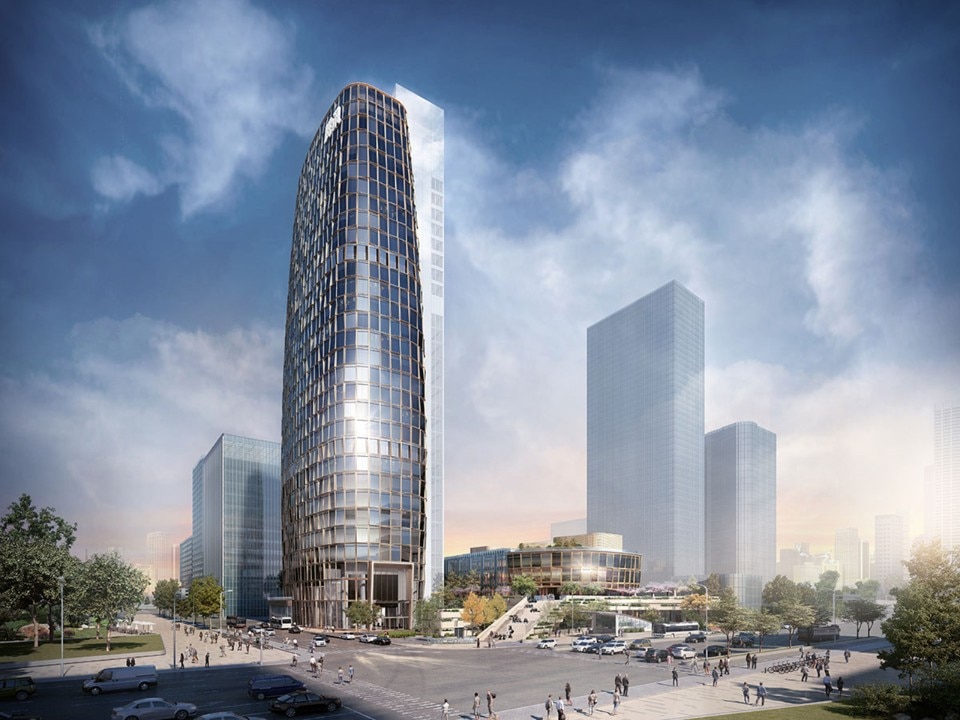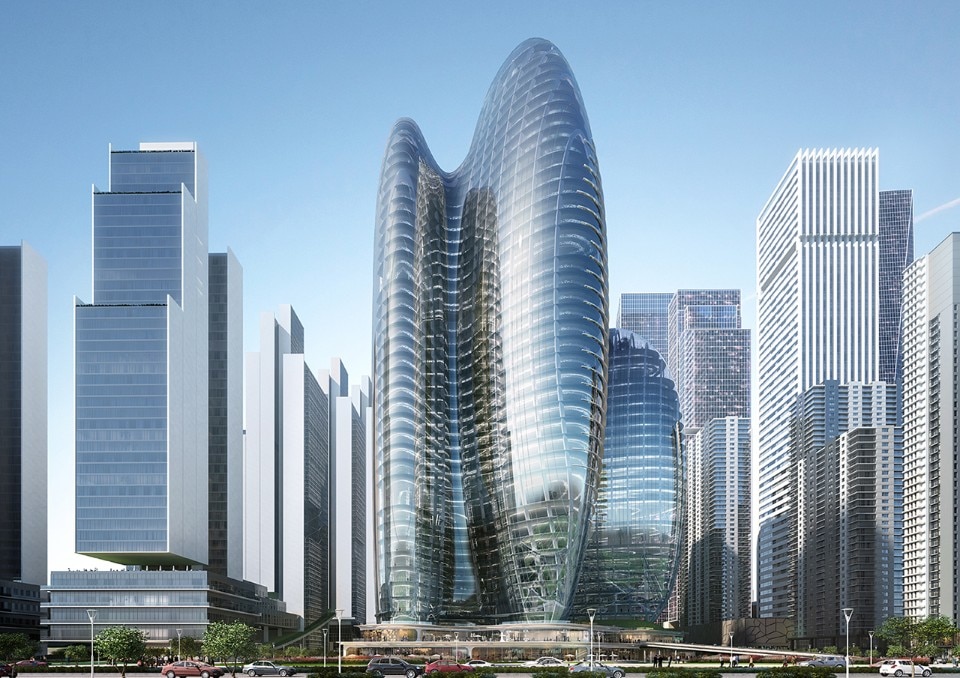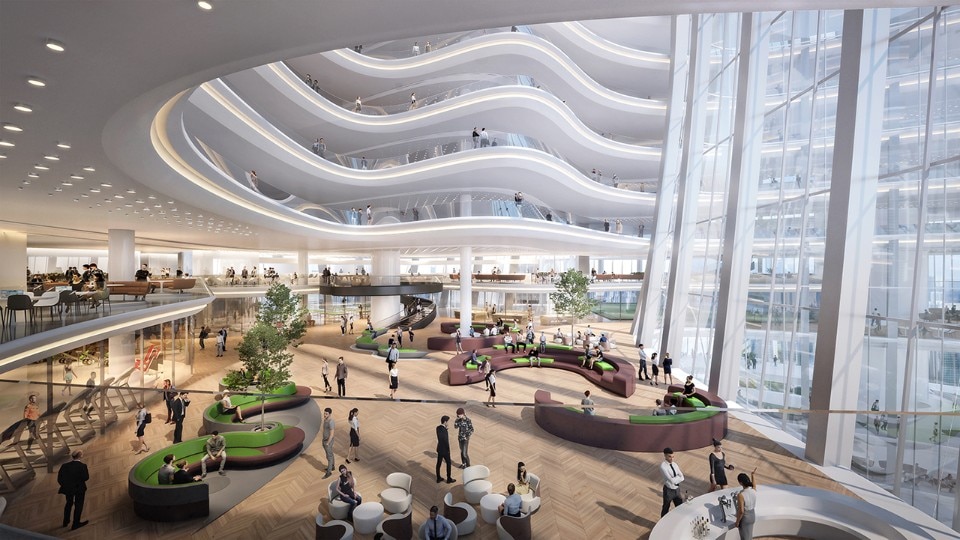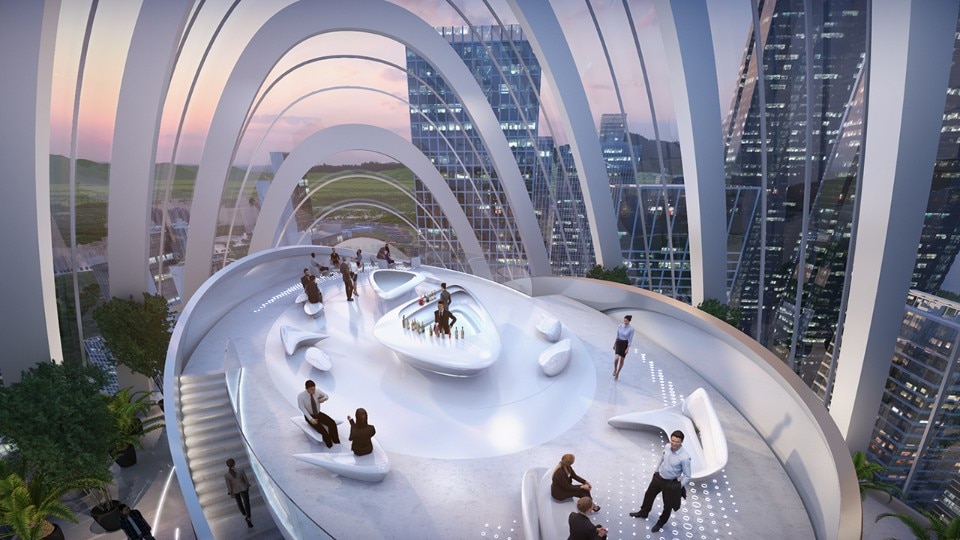It started with CCTV in Beijing, designed by OMA and completed in 2008. The headquarters of the largest television network in China has changed the capital’s skyline and the way architecture is understood in the country. “CCTV is a building that introduces new ways of conceptualising, liberating and realising structure that did not exist in China before, and of which I’m sure Chinese culture and Chinese architecture will benefit. It articulates the position and the situation of China,” said Rem Koolhaas at its inauguration.
This building also narrates a broader economic and urban conversion of the country, which from being the centre of production and manufacturing has quickly turned into a hub for large international companies. It is not just arms in suburban areas but also brains in the logistics centres of China’s metropolises.
Beijing, Shanghai, Guangzhou and Shenzhen are the main centres of what economists call the “Headquarters Economy”, involving investment centres, financial giants, hi-tech multinationals and pharmaceutical companies. The muscular architectures representing these private giants are often large global firms: from Zaha Hadid Architects to OMA, from SOM to Foster + Partners.
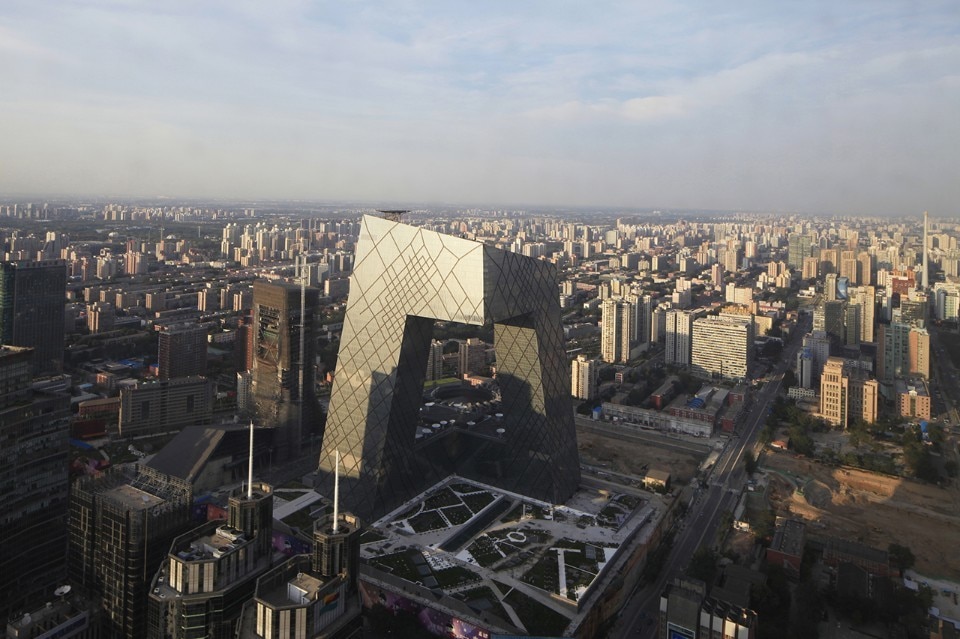
China is a vantage point for studying that “process of the erasure of national characteristics in favour of the almost universal adoption of a single modern language” that Rem Koolhaas himself investigated with the 2014 Venice Architecture Biennale, in which one of the main themes was Absorbing Modernity 1914-2014: “In 1914, it made sense to talk about a Chinese architecture, a Swiss architecture, an Indian architecture,” explained the Dutch architect during his presentation of the Biennial. “One hundred years later, under the influence of wars, diverse political regimes, different states of development, national and international architectural movements, individual talents, friendships, random personal trajectories and technological developments, architectures that were once specific and local have become interchangeable and global. National identity has seemingly been sacrificed to modernity.”
We continue this line of investigation with a selection of headquarters built in China in the last five years and designed by major international firms. We therefore exclude Chinese architects such as Neri & Hu or Wang Shu, whose practice reinterprets Chinese popular culture in a contemporary way.
Leaving aside judgments on individual works of architecture, we would like to describe a trend that for some is part of the “urban disaster” taking place in China’s big cities, while for others is the result of inevitable progress.


